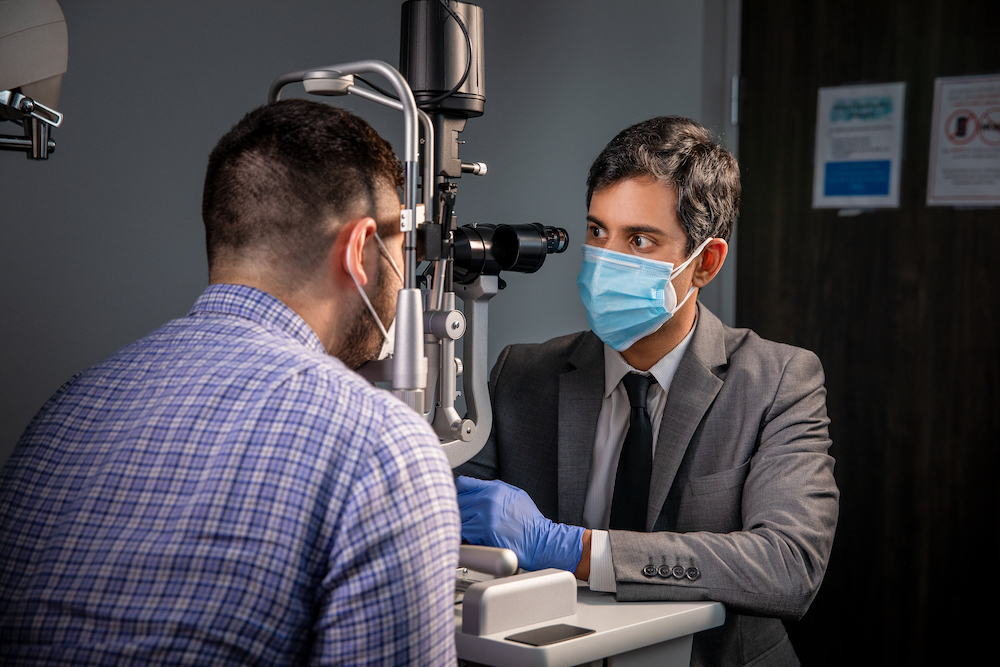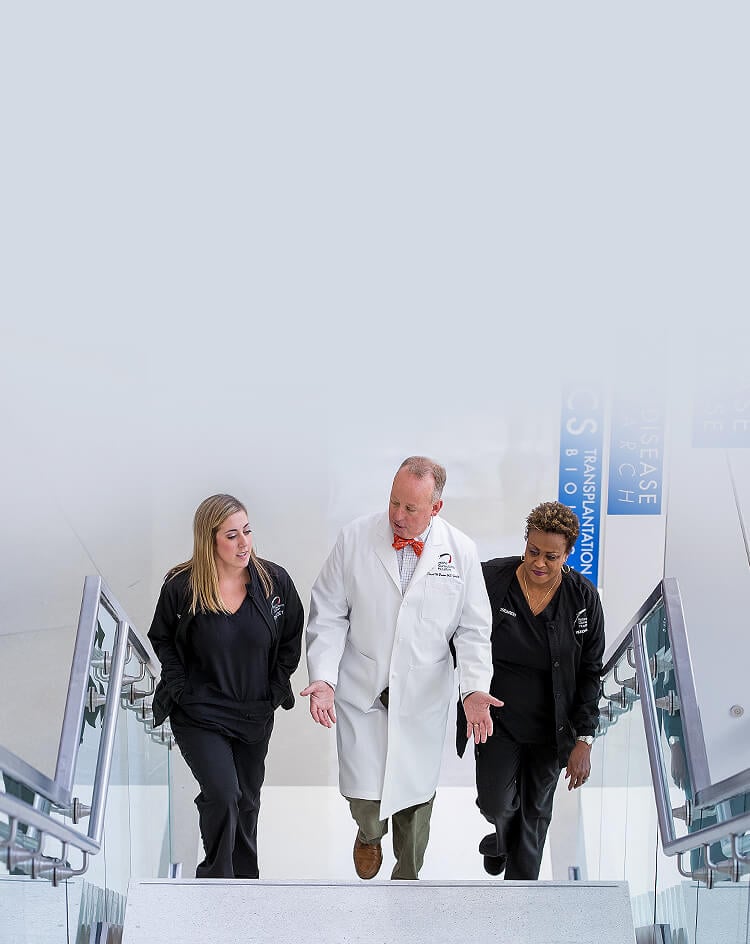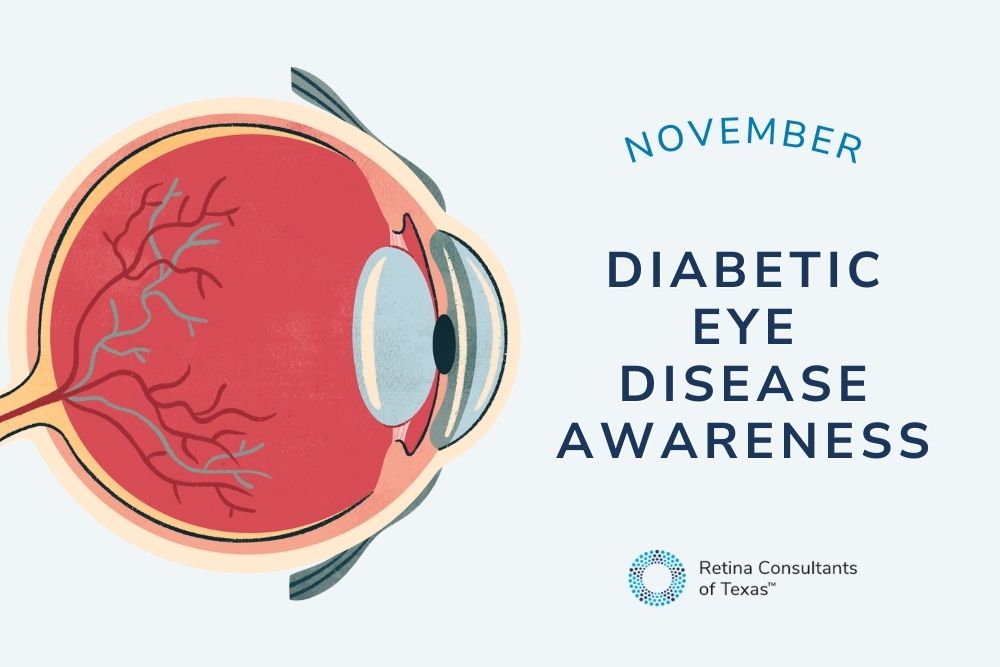An Overview of Retinal Vascular Occlusions

Retinal vein occlusions (RVOs) and retinal artery occlusions (RAOs) occur when blood vessels in the retina become blocked or develop clots, leading to a sudden loss of vision due to a lack of vital oxygenated blood. These retina vascular diseases pose a serious threat to vision, necessitating immediate treatment to prevent permanent damage. Additionally, RAOs can serve as a warning sign, indicating an increased risk of cerebral strokes.
Retinal vascular occlusions are the second-most common retinal vascular disease. In addition to disrupting the retina’s regular cycle of oxygenated blood and nutrients, these occlusions can also cause cystoid macular edema, in which fluid leaks into the retina, causing the central part of the retina (i.e., the macula) to swell and form a blister. If left untreated, retinal vascular occlusions can lead to neovascularization, in which abnormal blood vessels form in the retina. These newly formed blood vessels break easily, leaking fluid and blood into the retina and causing a wide range of issues, such as blurry vision and vision loss.
Profiles of Retinal Vascular Occlusions
Depending on location and whether it developed in arteries or veins, retinal vascular occlusion types include:
- Central Retinal Vein Occlusion (CRVO) – Blockages involving the main retinal vein may form central retinal vein occlusions (CRVOs), which can be mild (nonischemic) or severe (ischemic), with blood flow reduced or blocked. Symptoms may include bleeding, fluid leakage, floaters, issues with night vision and lighting, and structural vein damage.
- Branch Retinal Vein Occlusion (BRVO) – Affecting the retinal veins branches that extend from the central vein, BRVOs may have no symptoms, however, they can sometimes cause floaters, peripheral vision loss, central vision distortions, blurriness, and bleeding in the vitreous.
- Central Retinal Artery Occlusion (CRAO) – Also referred to as a stroke of the eye, CRAOs form in the retina’s central main artery. The most common symptom is sudden, painless vision loss, although blind spots, visual distortions, and permanent loss of peripheral vision may occur. CRAOs are particularly concerning, as they can sometimes indicate an impending cerebral stroke.
- Branch Retinal Artery Occlusion (BRAO) – Affecting the small blood vessels that branch off from the central retinal artery, BRAOs are generally symptom-free, but occasionally leave a permanent visual field blind spot.
Regular ophthalmological exams are crucial for monitoring eye health, and managing underlying conditions and risk factors can help reduce the risk of retinal vascular occlusions.
Retinal Vascular Occlusion Causes and Risk Factors
Retinal artery occlusions (RAOs) are primarily caused by blood clots and cholesterol deposits. They can also result from clots originating elsewhere in the body, heart valve or rhythm issues, immune response concerns, or intravenous drug abuse. On the other hand, retinal vein occlusions usually occur due to compressed eye veins or conditions affecting blood flow, such as diabetes.
Individuals in their 60s, particularly men, are at greater risk for these conditions. When blood flow is quickly restored, occlusions typically last for only a few seconds or minutes and affect a single eye. Additional risk factors include:
- Smoking
- High blood pressure
- Diabetes
- High cholesterol
- Being overweight or obese
- Narrowing of the carotid artery
- Glaucoma
- Cardiovascular disease
- Blood-clotting issues
Learn How Retinal Vascular Occlusions Can Impact Vision
Retinal vascular occlusions can be dangerous, requiring monitoring and immediate medical attention to prevent permanent vision loss and other health complications. To schedule a retinal exam in Houston or San Antonio, please contact Retina Consultants of Texas.





